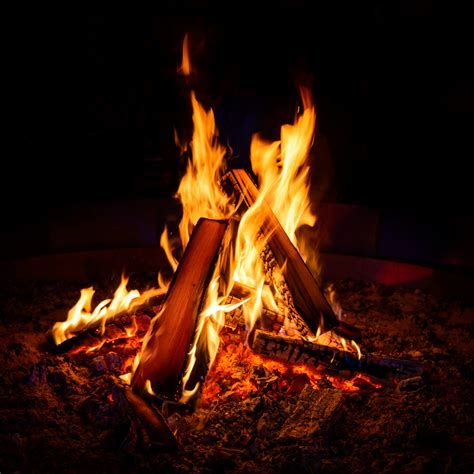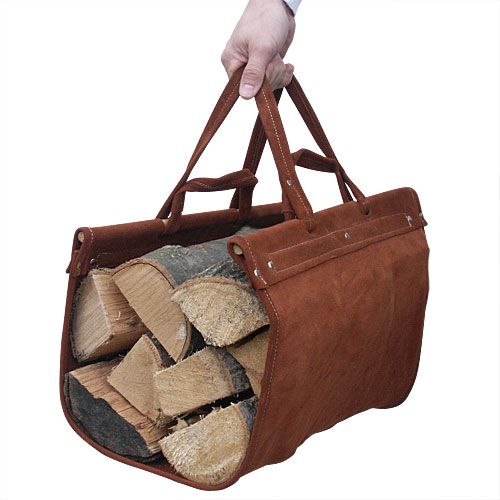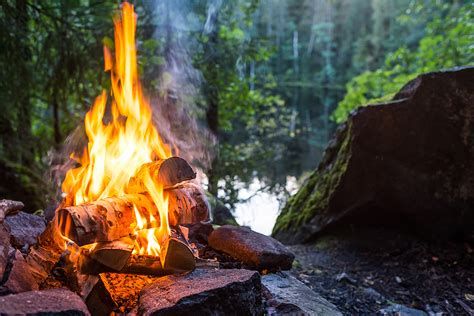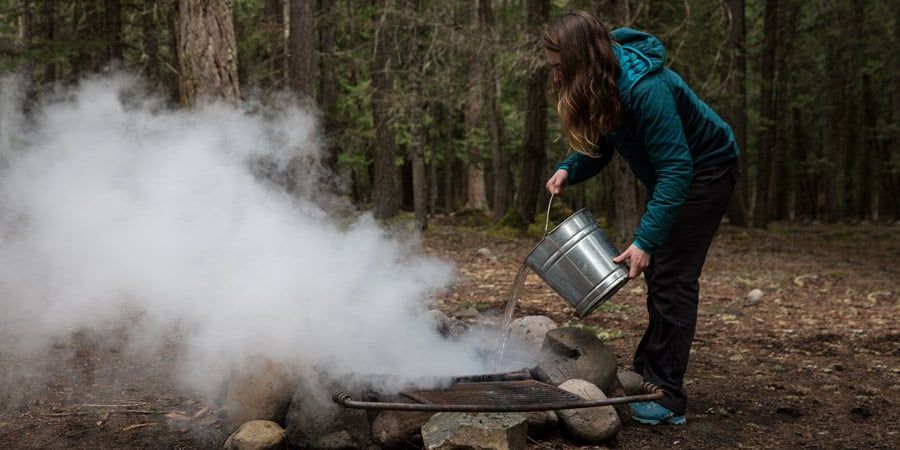Campfire and Safety
A campfire is a lot of fun, which is a popular feature of camping. it provides light and warmth, and heat for cooking. It can also serve as a beacon, and an insect and predator deterrent. However, we should be safe with your campfire to help prevent wildfires. Established campgrounds often provide a stone or steel fire ring for safety.
In the United States, areas that allow camping, like State Parks and National Parks, often let campers collect firewood lying on the ground. Some parks don't do this for various reasons, e.g. if they have erosion problems from campgrounds near dunes). Parks almost always forbid cutting living trees, and may also prohibit collecting dead parts of standing trees.
Safety measures
· Avoid building campfires under hanging branches or over steep slopes, and clear a ten-foot diameter circle around the fire of all flammable debris.
· Have lots of water nearby and a shovel to smother an out-of-control fire with dirt.
· Minimize the size of the fire to prevent problems from occurring.
· Never leave a campfire unattended.
· When extinguishing a campfire, use plenty of water, then stir the mixture and add more water. Afterward, check that there are no burning embers left what so ever. If water is unavailable, use dirt Take a green leaf and place it on your coals, if the leaf curls up the coals are still too hot.
· Never bury hot coals, they can continue to burn and cause root fires or wildfires. Be aware of roots if digging a hole for your fire.
· Make sure the fire pit is large enough for the campfire and there are no combustibles near the campfire. Also avoid building the campfire on a windy day.
When enjoy the camping, it's always better to be safe than sorry.




